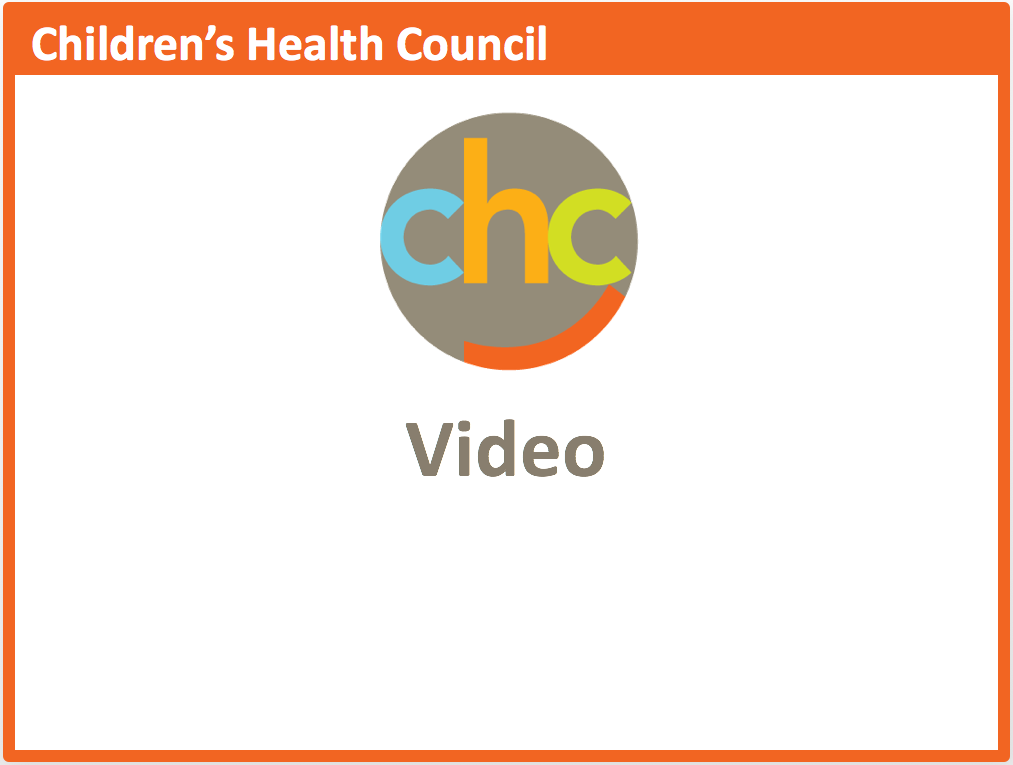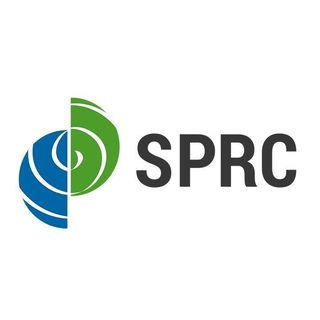 There are pros and cons to social media discussions of suicide. Social media can spread helpful knowledge and support, but it can also quickly disseminate harmful messaging and misinformation that puts vulnerable youth at risk.
There are pros and cons to social media discussions of suicide. Social media can spread helpful knowledge and support, but it can also quickly disseminate harmful messaging and misinformation that puts vulnerable youth at risk.
New U.S. guidelines, called #chatsafe: A Young Person’s Guide for Communicating Safely Online About Suicide, aim to address this problem by offering evidence-based advice on how to constructively interact online about this difficult topic. The guidelines include specific language recommendations.
Vicki Harrison, MSW, the program director for the Stanford Center for Youth Mental Health and Wellbeing, discussed this new online education tool for teens and young adults — developed in collaboration with a youth advisory panel — in a recent Healthier, Happy Lives Blog post.
“My hope is that these guidelines will create awareness about the fact that the way people talk about suicide actually matters an awful lot and doing so safely can potentially save lives. Yet we haven’t, up to this point, offered young people a lot of guidance for how to engage in constructive interactions about this difficult topic,” Harrison said in the blog post. “Hopefully, these guidelines will demystify the issue somewhat and offer practical suggestions that youth can easily apply in their daily interactions.”
Read the full article in Stanford Medicine‘s is an award-winning blog, Scope to learn more about this resource.
Excerpted from “Tips for discussing suicide on social media — A guide for youth” online.
Stanford University
Do you need someone to talk to? CHC can help. We invite you to call or email our Care Coordinators at 650.688.3625 or careteam@stage.chconline.org to set up a free 30-minute consultation.




